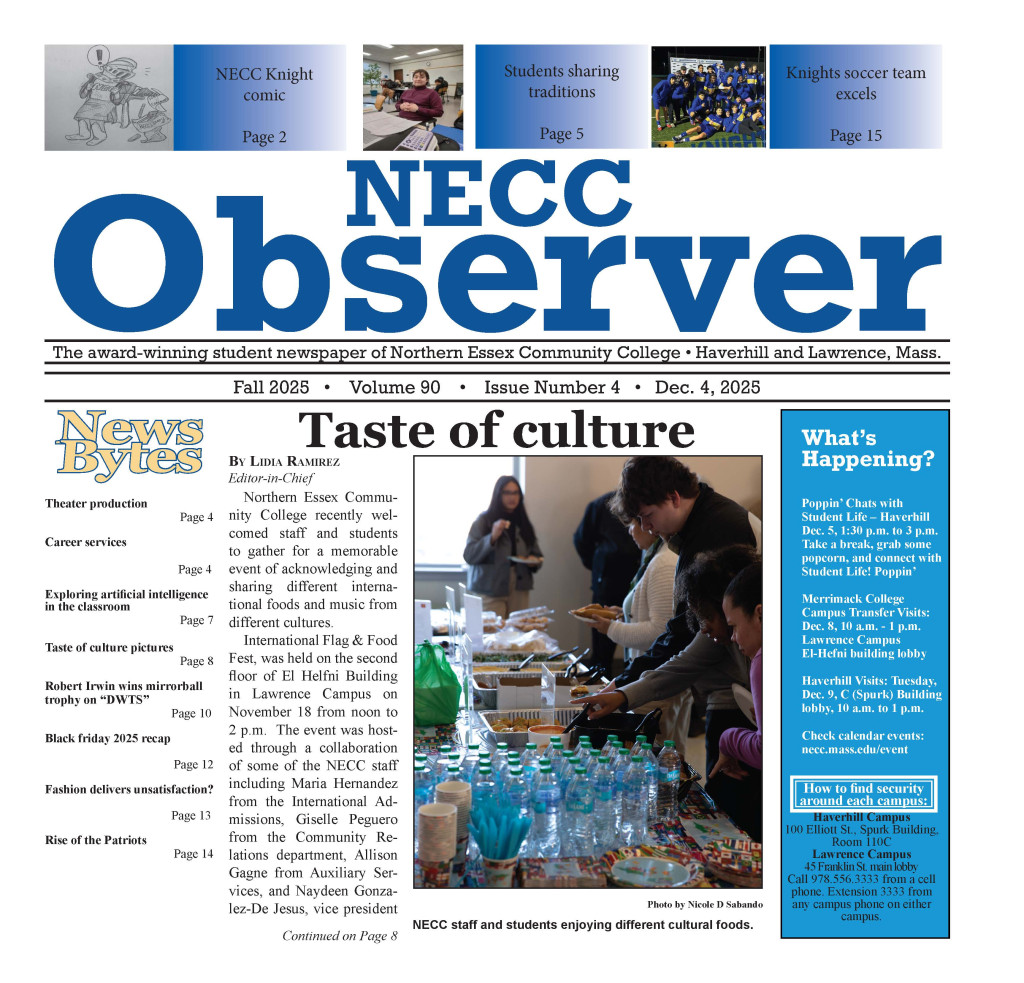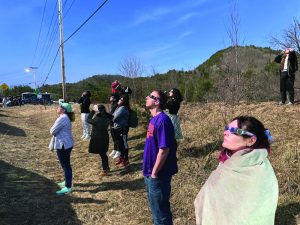
On April 8, 2024, the college’s PACE program organized a field trip to take their participants to St. Johnsbury, Vermont to experience this year’s total solar eclipse.
Days leading up to the event, the PACE program held a workshop hosted by Northern Essex Community College Professor of Earth Science Mark Reinhold where he presented to the PACE participants the science behind the total solar eclipse.
A solar eclipse is “an event where the moon passes between the earth and the sun, resulting in the moon’s shadow moving across the earth’s surface,” said Reinhold.
This solar eclipse is a unique and pivotal point in space history because “the sun will be completely covered by the moon” and “the pathway of the shadow will pass over” Mexico, the U.S. and Canada continued Reinhold.
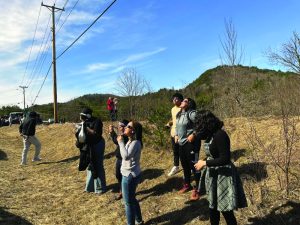
Experiencing “these types of events allow [society] a rare opportunity to study the sun’s atmosphere,” said Reinhold. In order to study solar eclipses, astronomers use a variety of instruments, such as “earth-based telescopes” to capture the sun’s “wavelengths of energy” and “satellites in orbit” that capture “the energy types that are blocked from us here on the surface,” explained Reinhold.
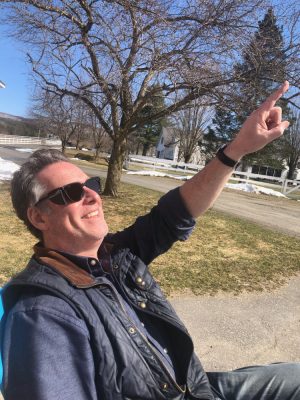
At 10 a.m. on the day of the eclipse, students and faculty gathered into a NECC bus and ventured off to Vermont.
Through the windows of the shuttle bus, the field trip goers were exposed to Vermont’s spring scenic route of clear blue skies, rocky mountains and endlessly flowing streams.
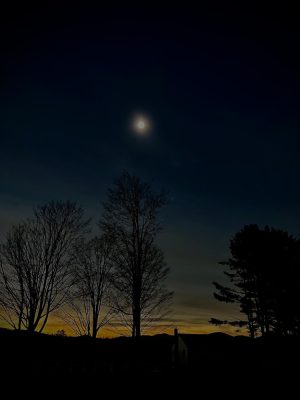
Due to traffic there was a change in the field trip itinerary, however, students and faculty were still able to make the most out of the trip when they experienced the total solar eclipse.
As the moon began to pass between the earth and the sun, the field trip members gathered together with their eclipse glasses to experience this special event.
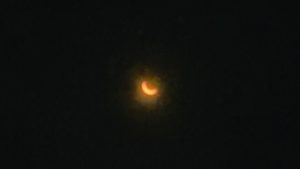
“Oohs” and “aahs” filled the air when the solar eclipse went into full effect. The flash and shutters from pictures being taken were heard, too.
Many of the
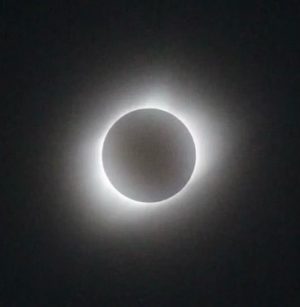
members on the trip agreed that the total solar eclipse itself was their favorite part, and were fascinated by the change in temperature when it dropped and when the stars became apparent as the sky turned dusk.
After the scientific event, the PACE students and faculty made their way back home safely.

